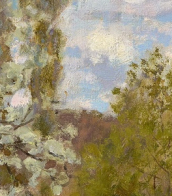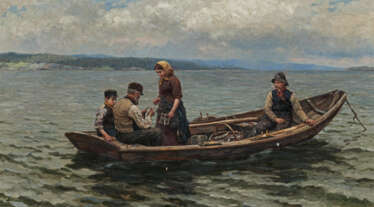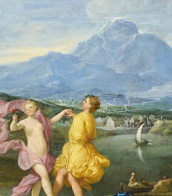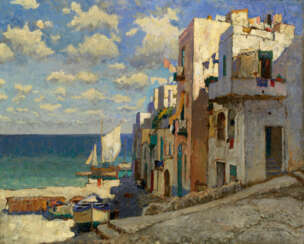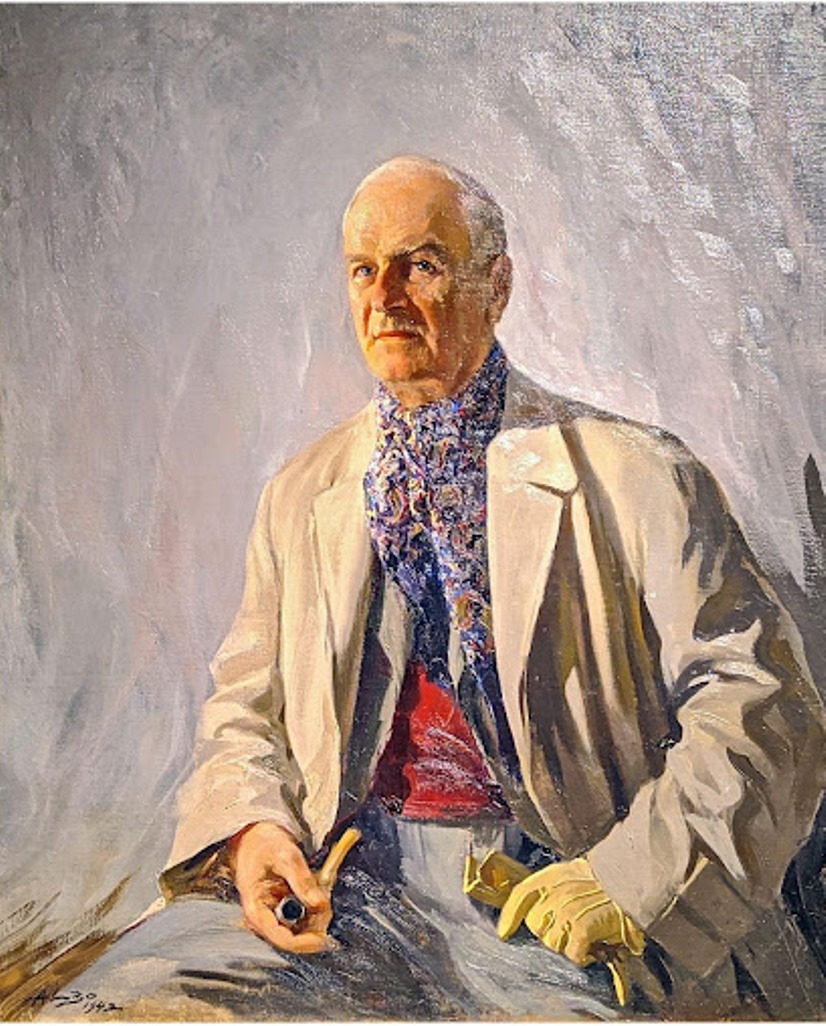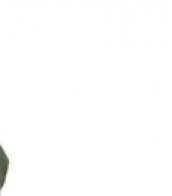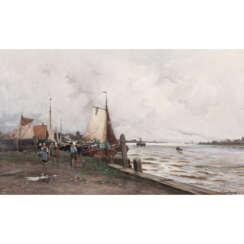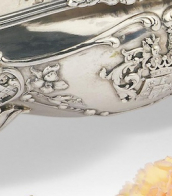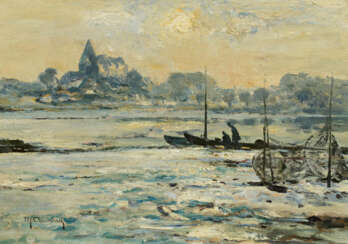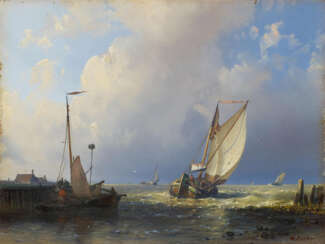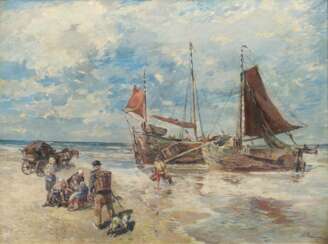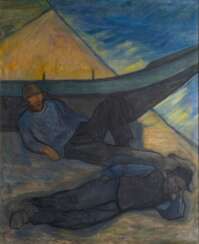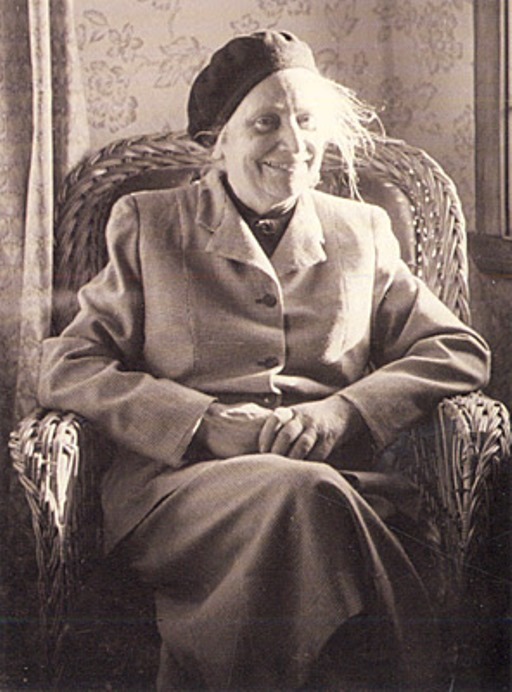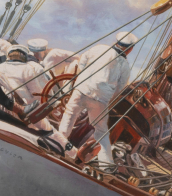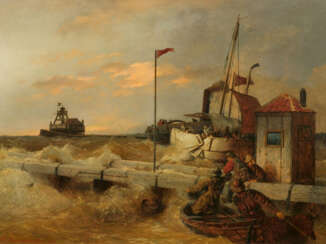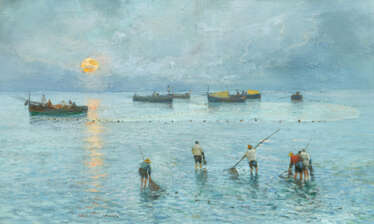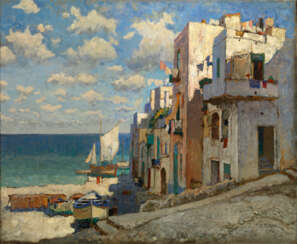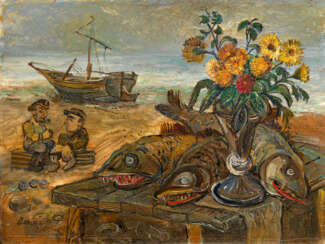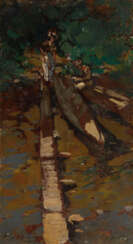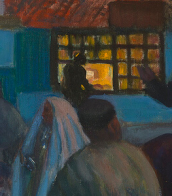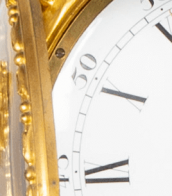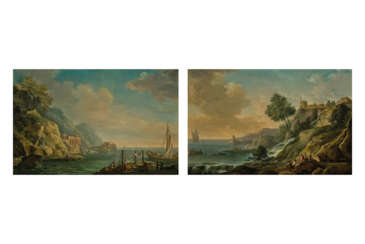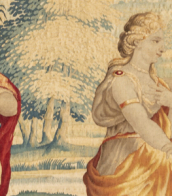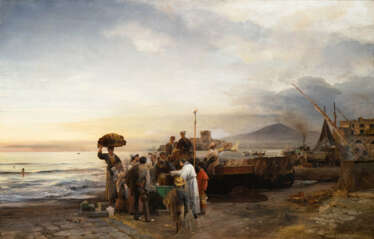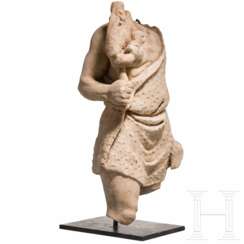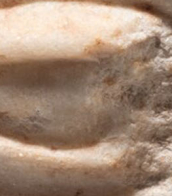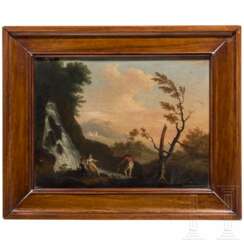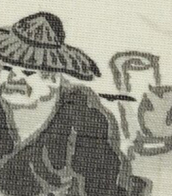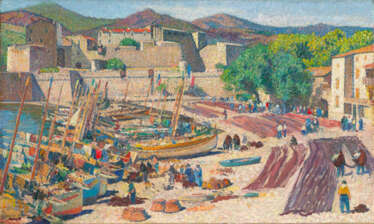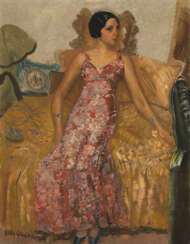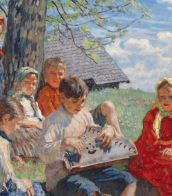fishermen
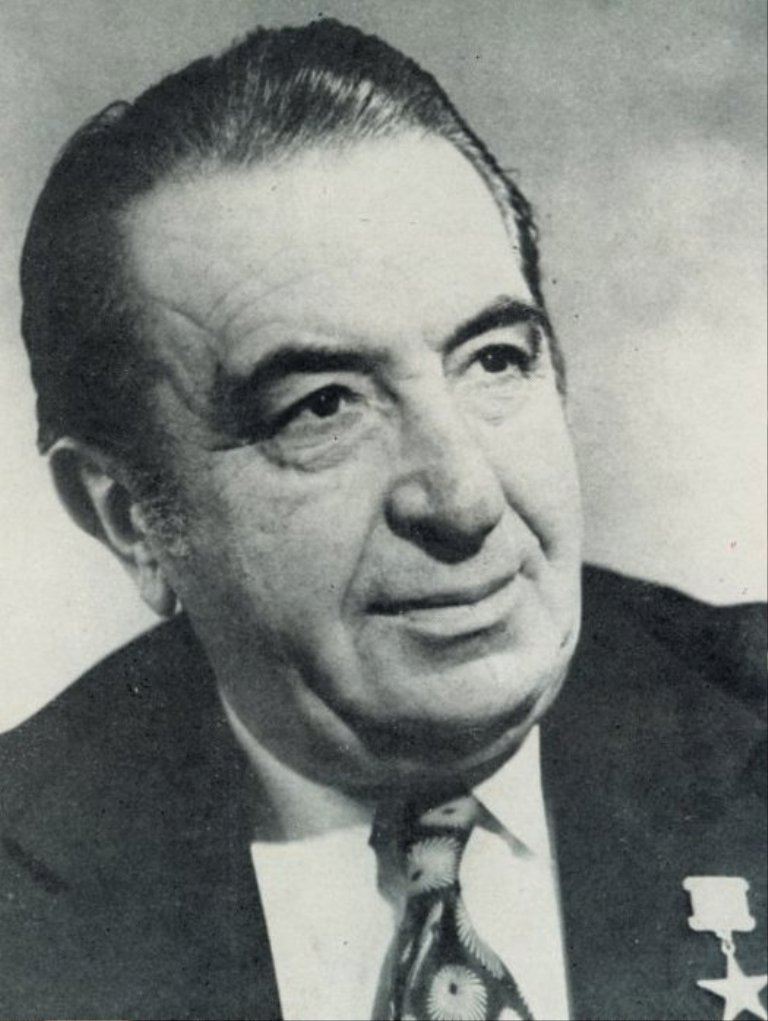
Dmitry Arkadievich Nalbandyan (Russian: Дмитрий Аркадьевич Налбандян) was a Soviet and Armenian painter, whose work earned him significant recognition including the Stalin Prize and the title of People's Artist of the USSR. Born in Tiflis (now Tbilisi, Georgia) in 1906 and passing away in Moscow in 1993, Nalbandyan's contributions to the art world were profound, spanning across genres such as portraiture, landscape, and political art. His education began in Moisei Toidze’s art studio and continued at the Academy of Arts in Tiflis, laying the foundation for a career that would see his works displayed in some of the most prestigious museums globally, including the State Tretyakov Gallery and the Uffizi Gallery in Florence.
Nalbandyan’s art was deeply intertwined with the political and social fabric of his time, with several of his works focusing on significant political figures and moments in Soviet history. For example, his portrait of Joseph Stalin and his depiction of Lenin speaking on the Red Square are indicative of his engagement with the political climate of the USSR. His artworks, characterized by their realism and attention to detail, have been celebrated for capturing the essence of their subjects and the spirit of an era. Notably, Nalbandyan was awarded not only for specific portraits but also for contributions to exhibitions and for paintings that reflected the ethos of friendship, peace, and Soviet achievements.
His artistic legacy is preserved through his contributions to major exhibitions and his inclusion in the collections of museums such as the Russian Museum, highlighting works like "At the Crimea Conference" and "For the Happiness of the People". These pieces, along with others like "Lenin speaking on the Red Square in 1919," underscore Nalbandyan’s role in documenting and interpreting Soviet history through art.
For collectors and experts in art and antiques, Nalbandyan's works offer a window into the Soviet era's visual culture, embodying the aesthetics, ideologies, and historical moments of the time. His paintings, whether they depict political leaders, scenic landscapes, or everyday life, continue to attract attention for their historical significance and artistic merit.
To stay updated on exhibitions, sales, and auctions featuring Dmitry Arkadievich Nalbandyan's art, signing up for updates can provide enthusiasts and collectors with timely information on opportunities to engage with his work. This subscription is an essential tool for those interested in Soviet-era art, offering insights and access to the remarkable legacy of one of the era's most significant artists.
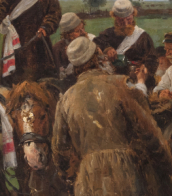
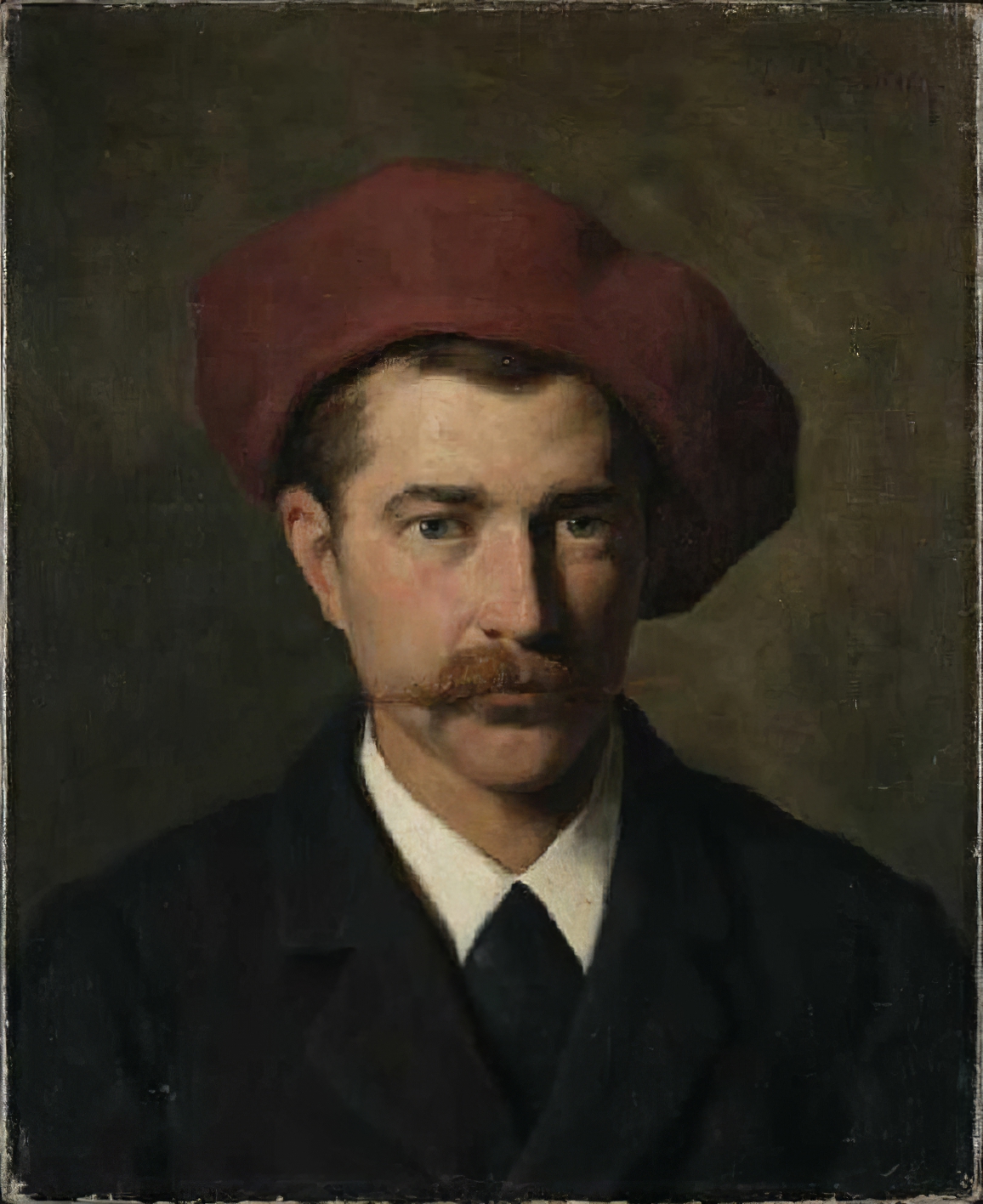
Josef Wopfner was a German landscape painter who worked in the second half of the 19th and early 20th centuries in the Impressionist style. He was a master of landscape and genre painting.
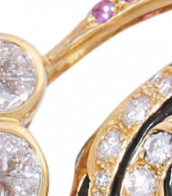
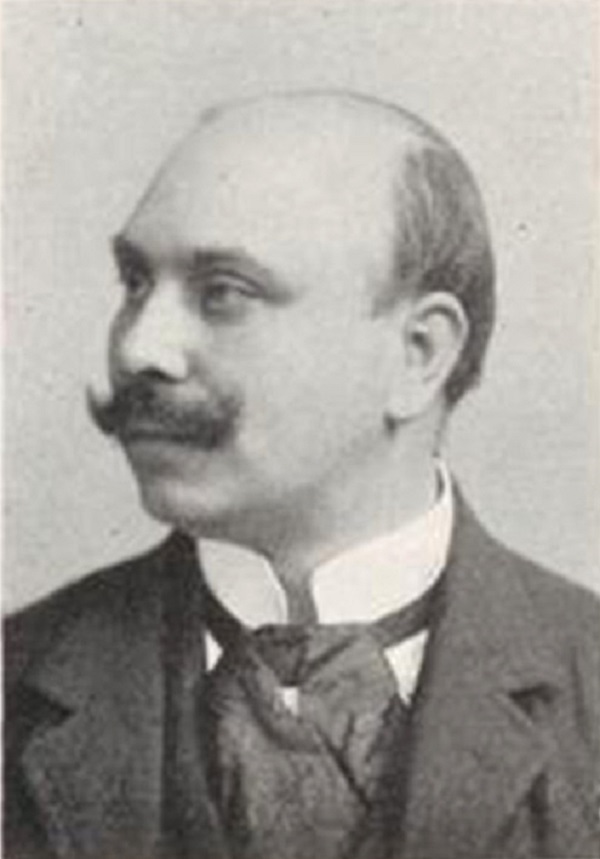
Eugen Kampf was a German painter; associated with the Düsseldorf school of painting. He specialized in rural and village scenes.
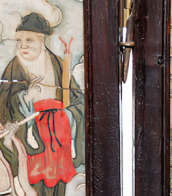
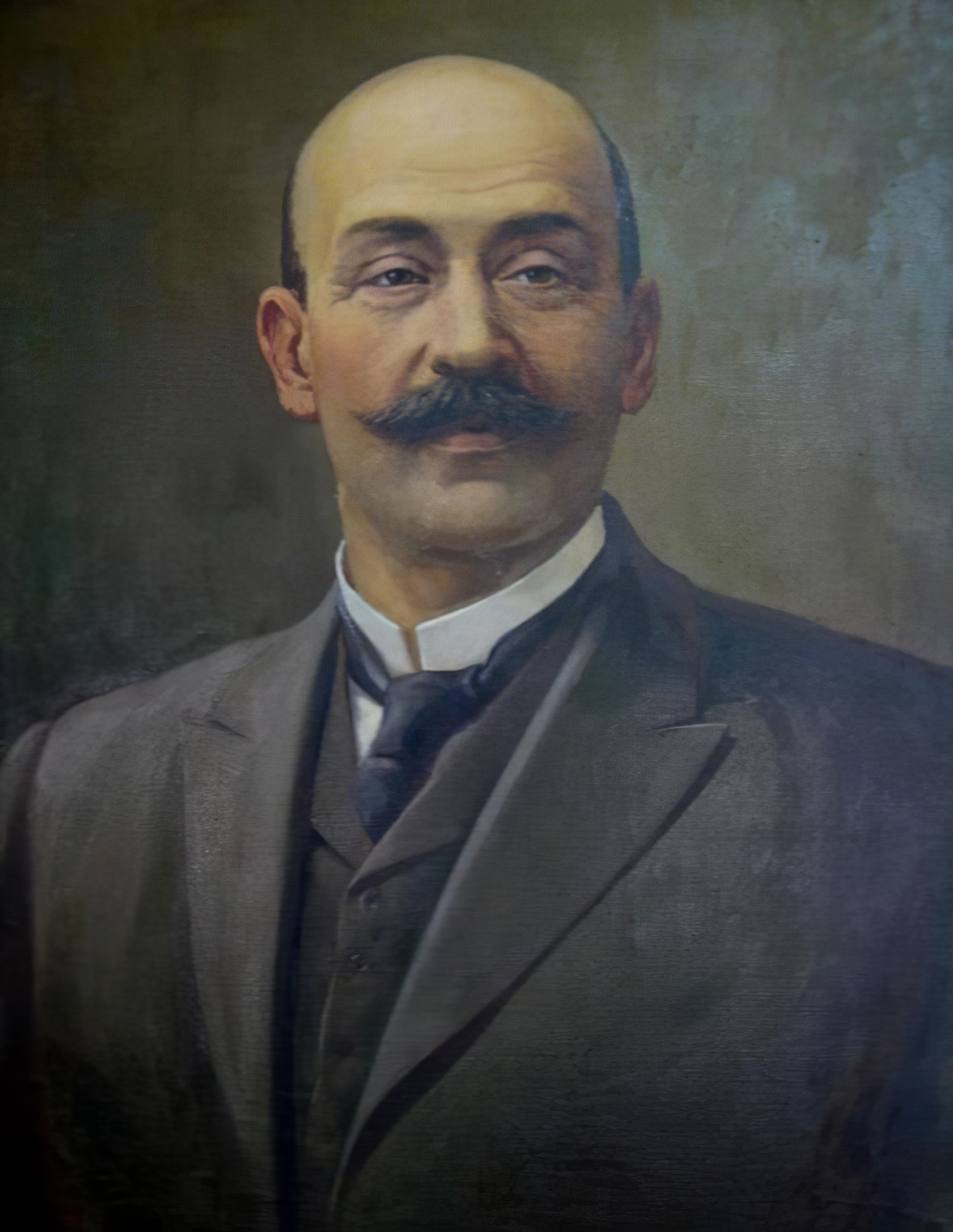
Franz Roubaud (Russian: Франц Алексеевич Рубо) was a Russian painter, known for his panoramic paintings and battle scenes. Born in Odessa in 1856, Roubaud studied at the Imperial Academy of Arts in St. Petersburg and furthered his education in Munich. His works are celebrated for their meticulous detail and dynamic composition.
One of his most famous works is the "Siege of Sevastopol," a monumental panorama depicting a key event from the Crimean War. This masterpiece is housed in the Panorama Museum in Sevastopol and stands as a testament to Roubaud's ability to convey historical grandeur and emotional intensity.
Roubaud's contributions to Russian art extend beyond his canvases, as he was also a respected professor at the Academy of Arts in St. Petersburg. His legacy continues to influence modern Russian painters, and his works are sought after by collectors and art enthusiasts worldwide.
Stay updated on new product sales and auction events related to Franz Roubaud (Rubo) by signing up for our newsletter. Don’t miss the chance to own a piece of history!
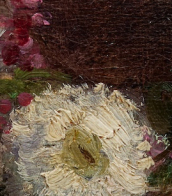
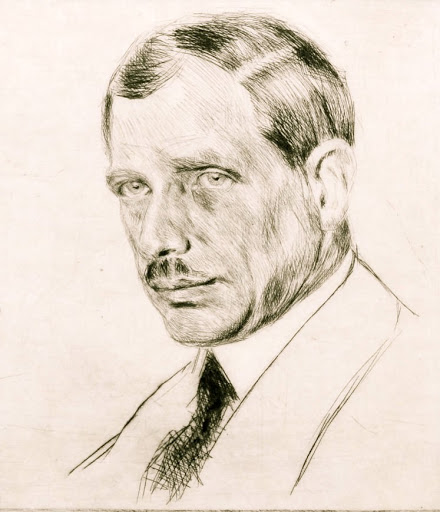
Max Clarenbach was a German painter of the first half of the twentieth century. He is known as a painter, landscape painter, genre painter and teacher and is considered one of the most important representatives of Rhenish painting of his time.
Max Clarenbach made study trips to Italy and Holland early in his career, where he formed his genre preferences and became a landscape painter. His work reflected the influence of the Hague School and the French Barbizonians. The artist skillfully depicted winter scenes and the nature of western Germany. He also painted sports and street scenes.
Clarenbach was one of the organizers of the Düsseldorf Sonderbund and taught at the Düsseldorf Academy of Art.

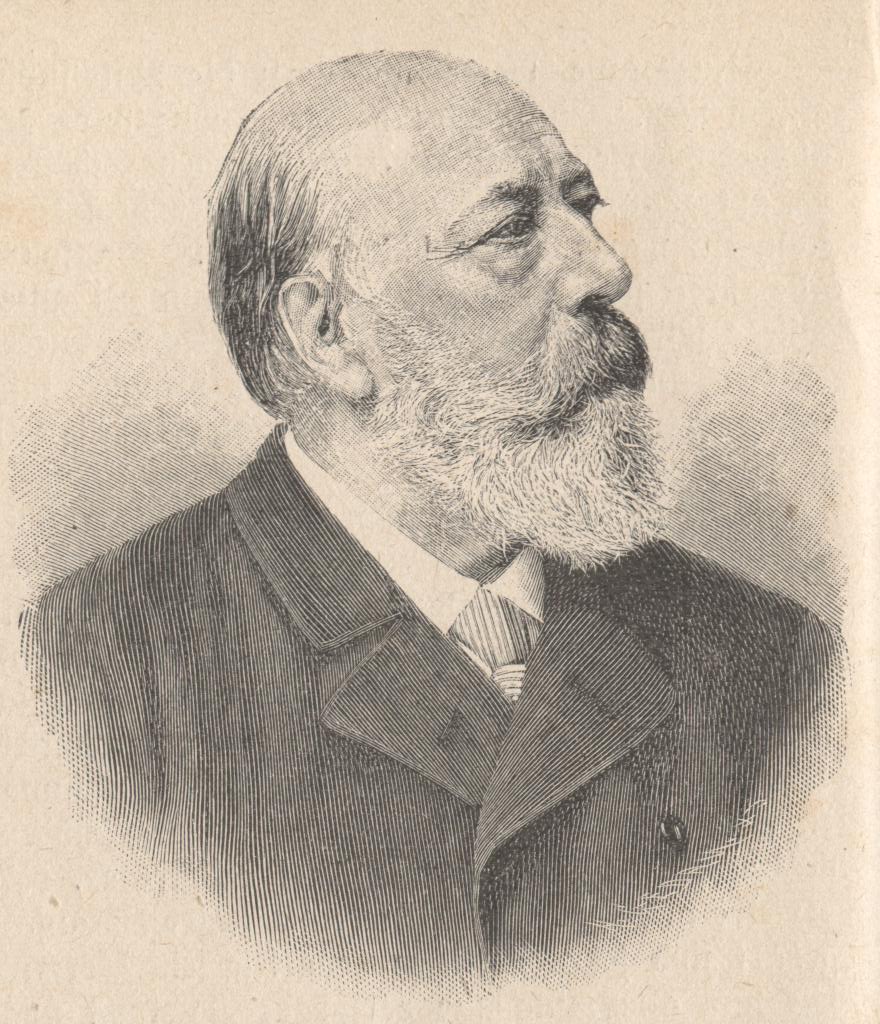
Andreas Achenbach was a German landscape and seascape painter in the Romantic style. He is considered to be one of the founders of the Düsseldorf School.[citation needed] His brother, Oswald, was also a well known landscape painter. Together, based on their initials, they were known as the "Alpha and Omega" of landscape painters.
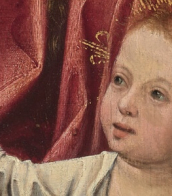
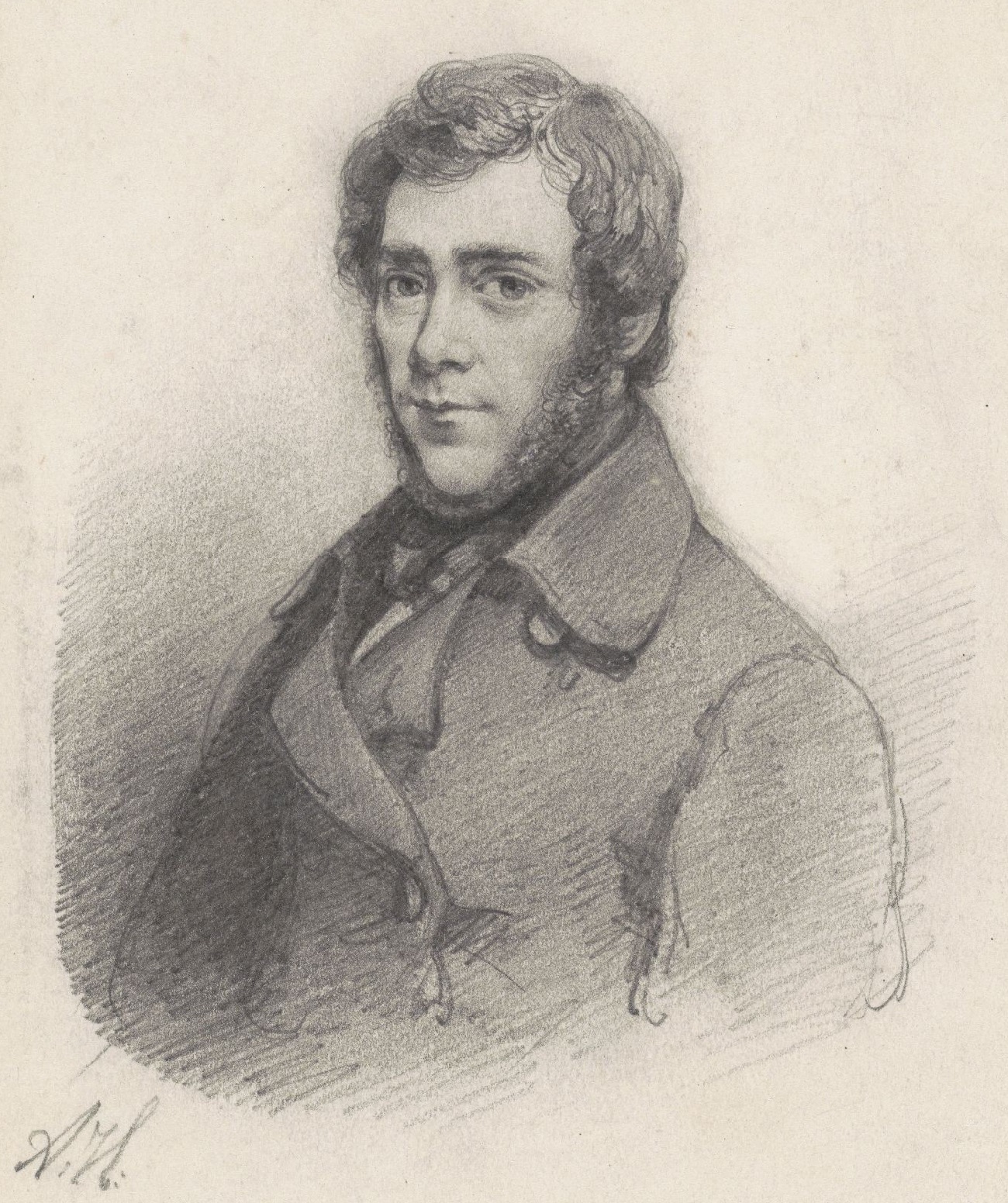
Abraham Hulk was an Anglo-Dutch painter, draughtsman and lithographer. He initially trained as a portraitist, but became a well-known as a marine-painter and the patriarch of a whole family of Anglo-Dutch artists.

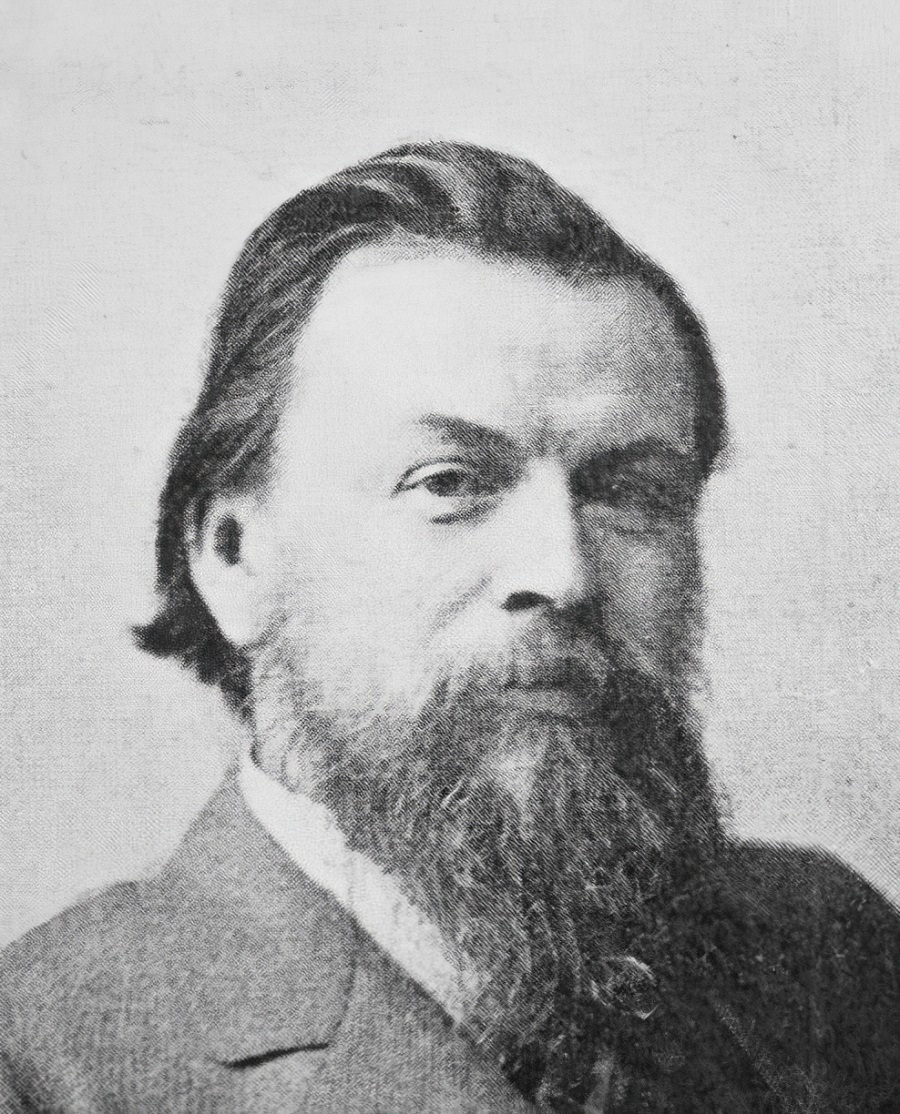
Gregor von Bochmann was a Baltic-German landscape and genre painter.
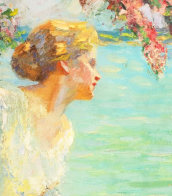

Andreas Achenbach was a German landscape and seascape painter in the Romantic style. He is considered to be one of the founders of the Düsseldorf School.[citation needed] His brother, Oswald, was also a well known landscape painter. Together, based on their initials, they were known as the "Alpha and Omega" of landscape painters.
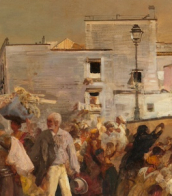
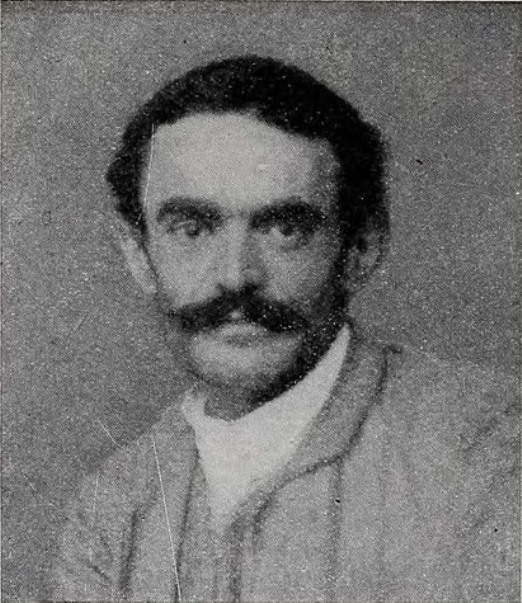
Attilio Pratella was an Italian marine and landscape painter.
Attilio Pratella received his first professional skills at the Trisi College, continued his studies at the Bologna Academy of Fine Arts and at the Academy of Fine Arts in Naples. His first paintings received positive feedback from the juries of exhibitions.
The artist executed miniature Neapolitan views for tourists and made sketches of paintings of products of the ceramic factory of the Cacciapoti brothers. After moving to the Neapolitan neighborhood of Vomero, Pratella began to paint views of the picturesque surroundings, the Gulf of Naples and Vesuvius. Soon a group of Vomeresi ("Vomeristi") formed around him, and the neighborhood where he lived gradually became an entire colony of artists.
In addition to Neapolitan landscapes, the artist created cityscapes of Paris and other European cities. In 1899 Attilio Pratella participated in the Paris Salon and received great recognition. Today his works are in the collections of the Museo del Capodimonte and the Galleria dell'Arte Ricci Oddi.

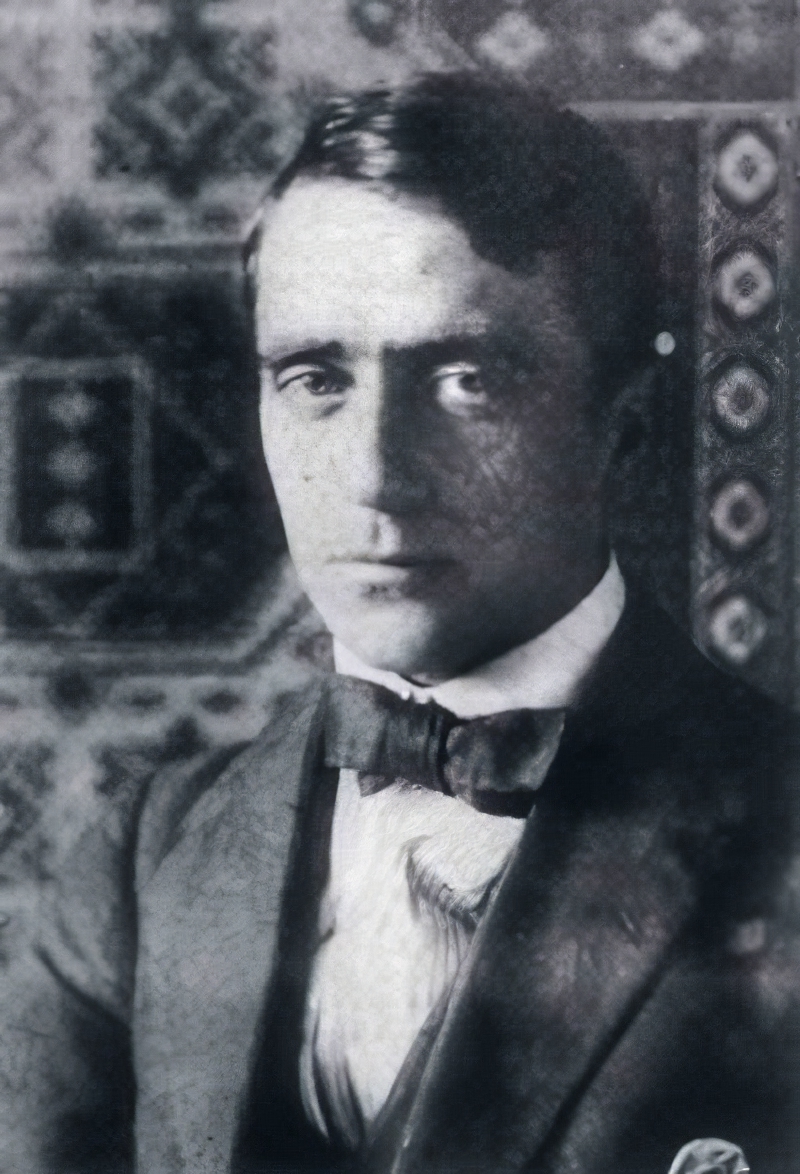
Carlo Mense was a German artist of the twentieth century. He is known as a painter and graphic artist, a representative of Rhenish Expressionism and New Materialism.
Mense was a member of artists' associations such as the Cologne Secession, Gereon Club, Young Rhine, and November. He actively participated in Expressionist exhibitions. Creating graphic works for the magazines "Action" and "Sturm", he became known for his artistic style. In 1937, the Nazis destroyed 37 of his works, categorizing them as "degenerate art." Mense left a significant mark on twentieth-century German painting with his expressive and evocative works.
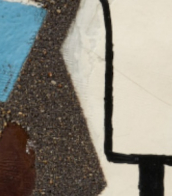
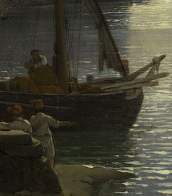
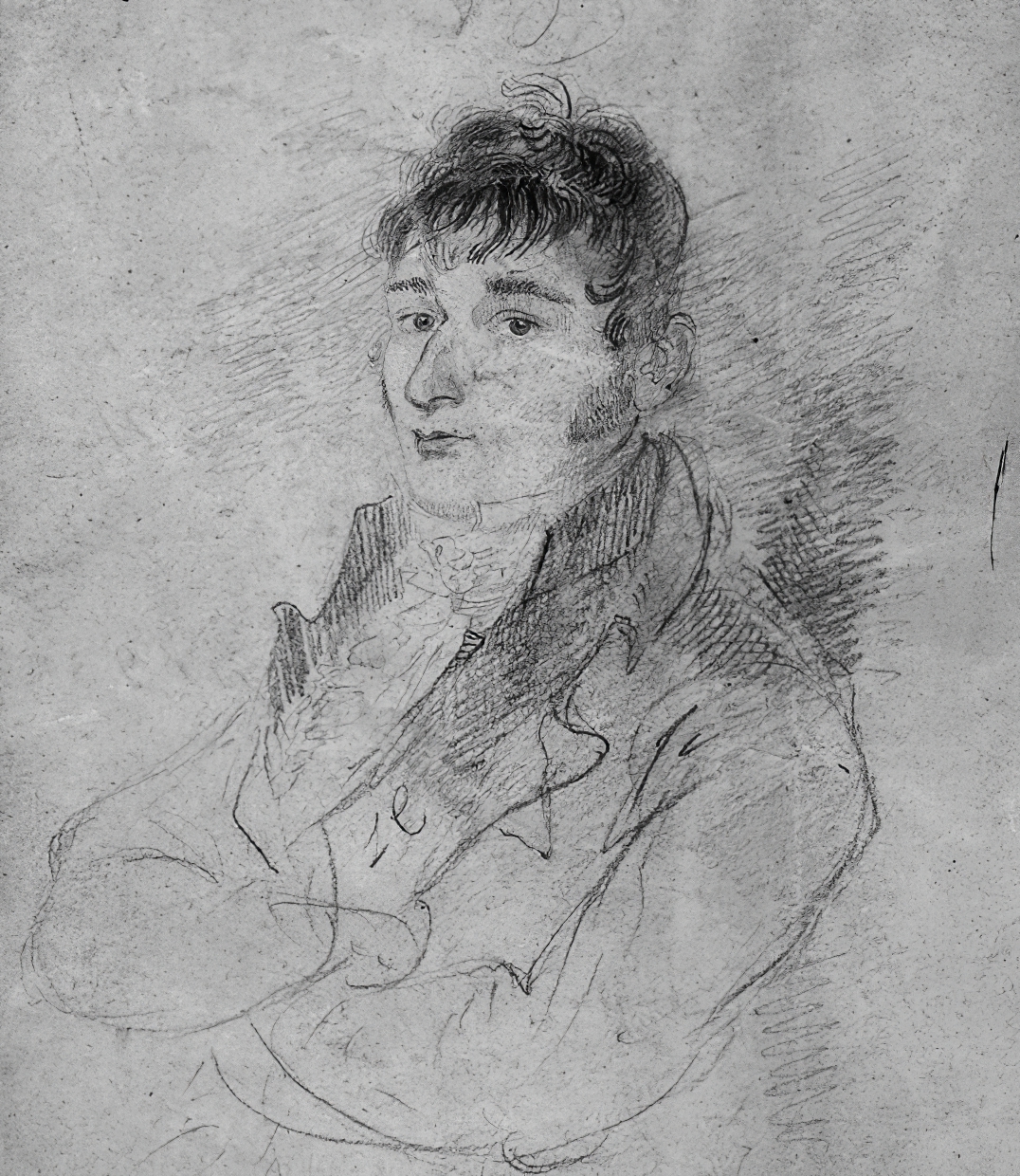
Luke Clennell was a British wood-engraver and painter.
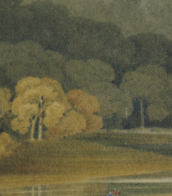
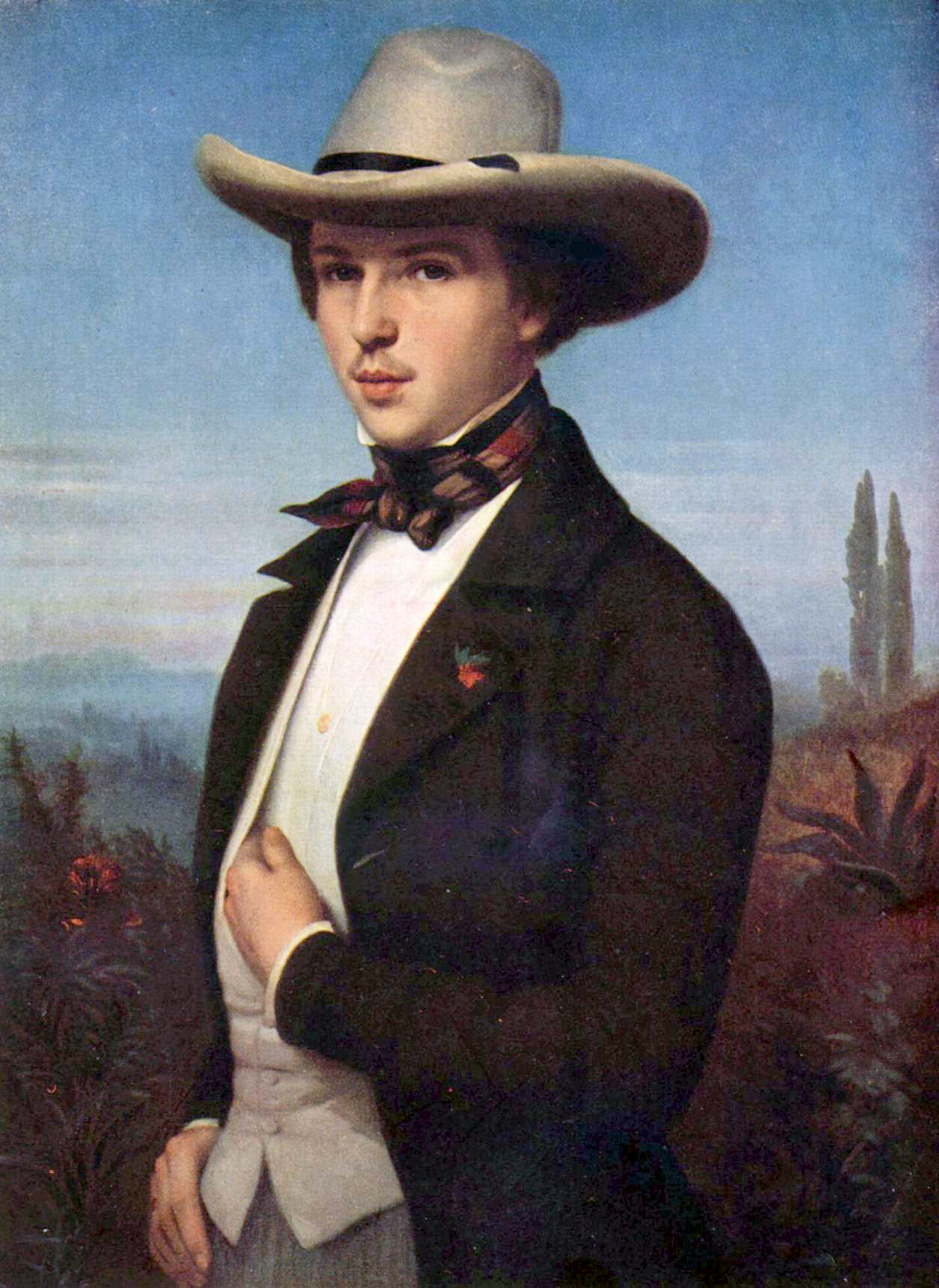
Oswald Achenbach was a German painter associated with the Düsseldorf school of painting. Though little known today, during his lifetime he was counted among the most important landscape painters of Europe. Through his teaching activities, he influenced the Kunstakademie Düsseldorf. His brother, Andreas Achenbach, who was twelve years older, was also among the most important German landscape painters of the 19th century. The two brothers were humorously called "the A and O of Landscapes" (a reference to their initials matching a common German reference to the Alpha and Omega).
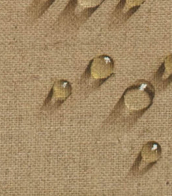
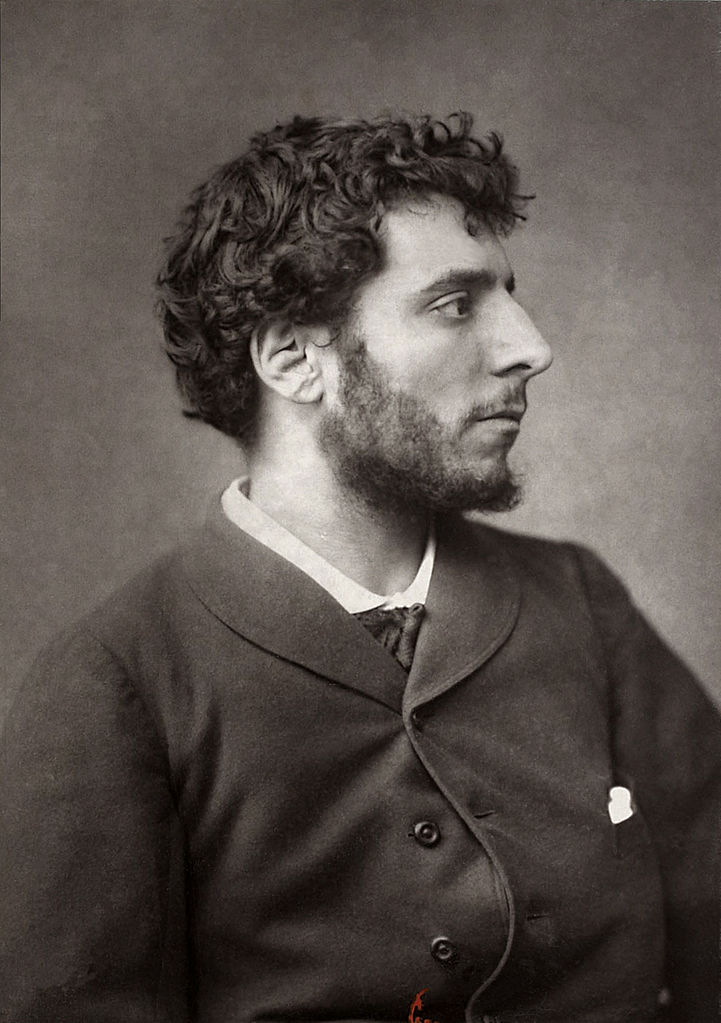
Henri-Jean Guillaume Martin was a French painter. Elected to the Académie des Beaux-Arts in 1917, he is known for his early 1920s work on the walls of the Salle de l'Assemblée générale, where the members of the Conseil d'État meet in the Palais-Royal in Paris. Other notable institutions that have featured his Post-Impressionist paintings in their halls through public procurement include the Élysée Palace, Sorbonne, Hôtel de Ville de Paris, Palais de Justice de Paris, as well as Capitole de Toulouse, although the Musée des Beaux-Arts de Bordeaux and Musée des Augustins also have sizeable public collections.
